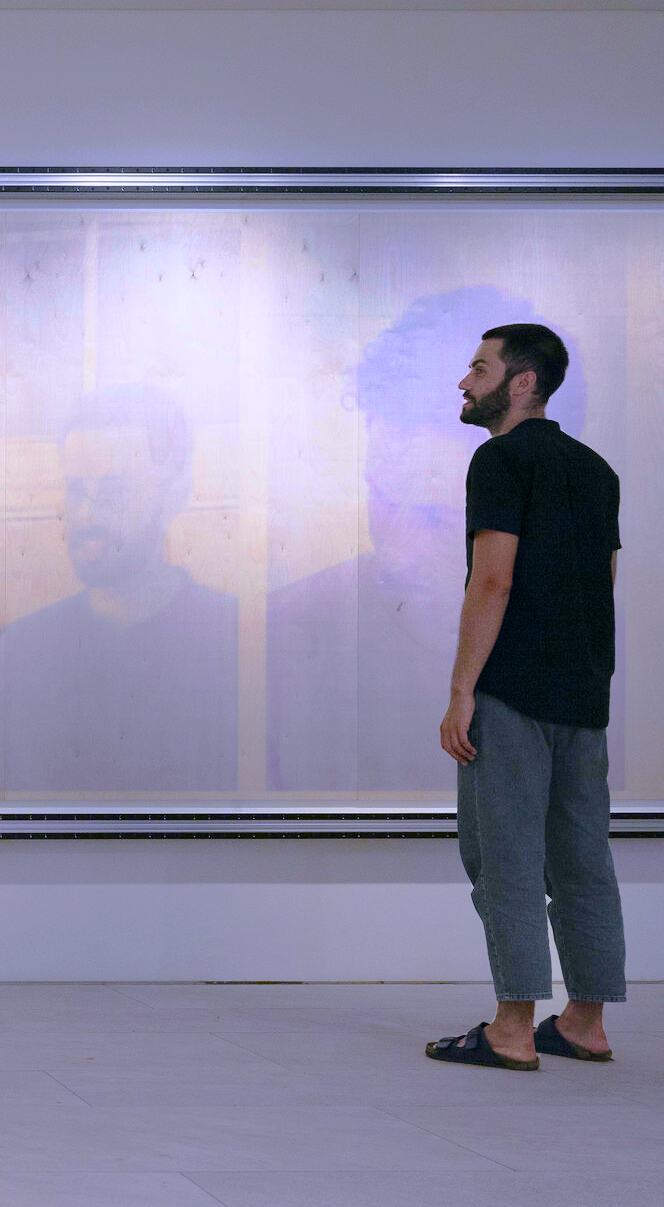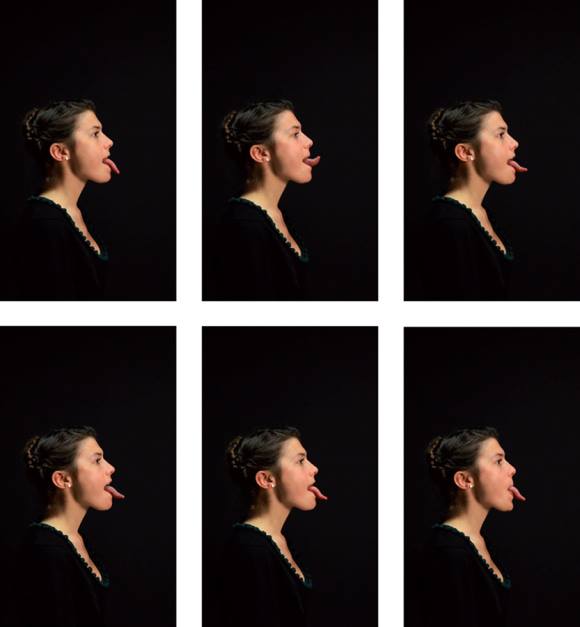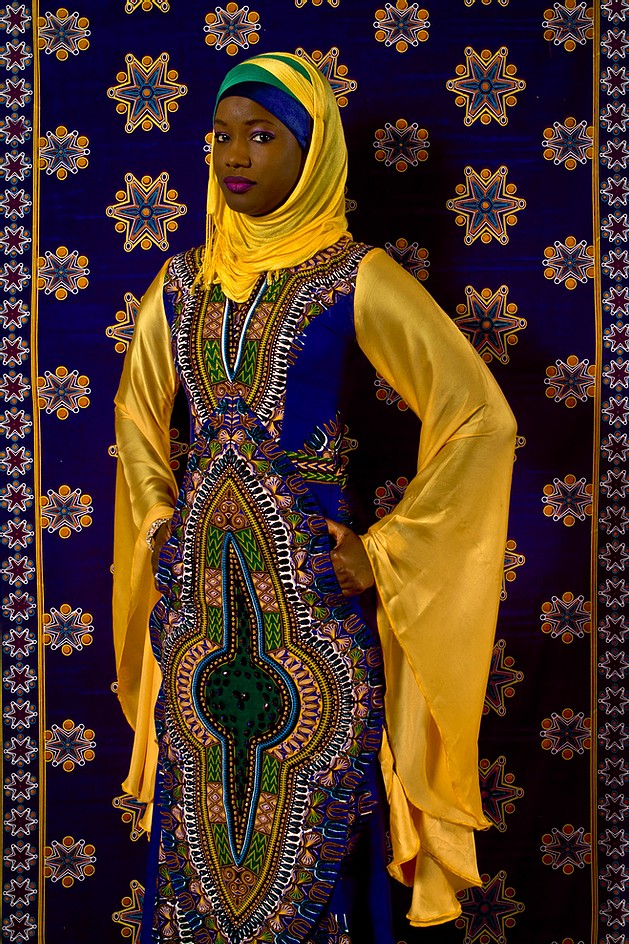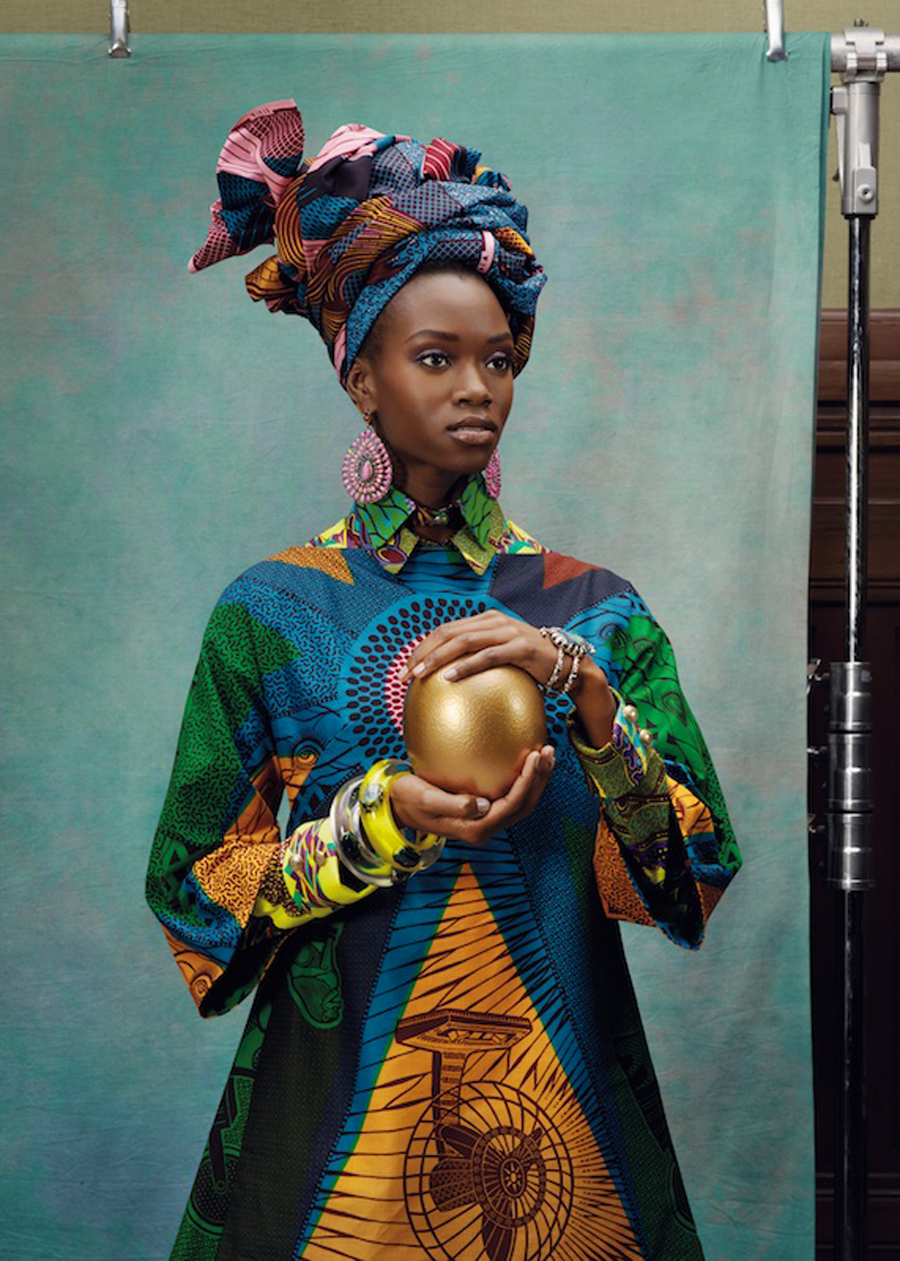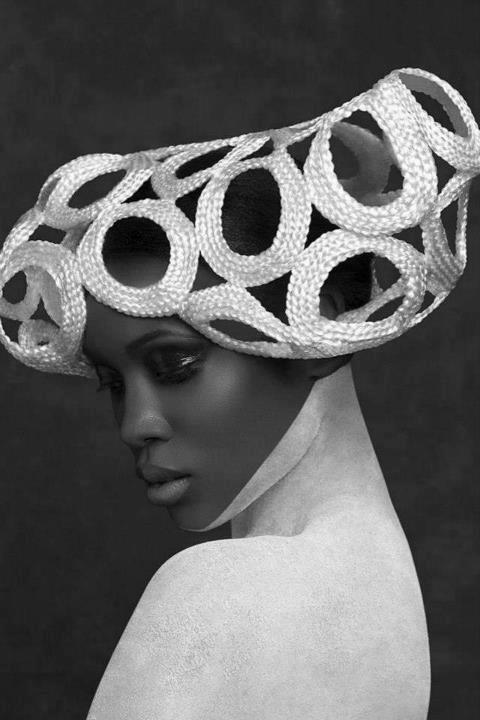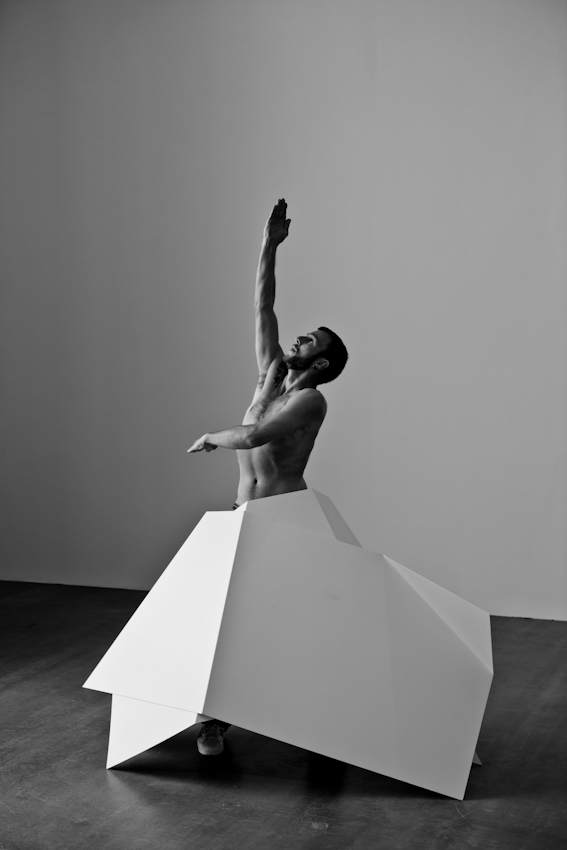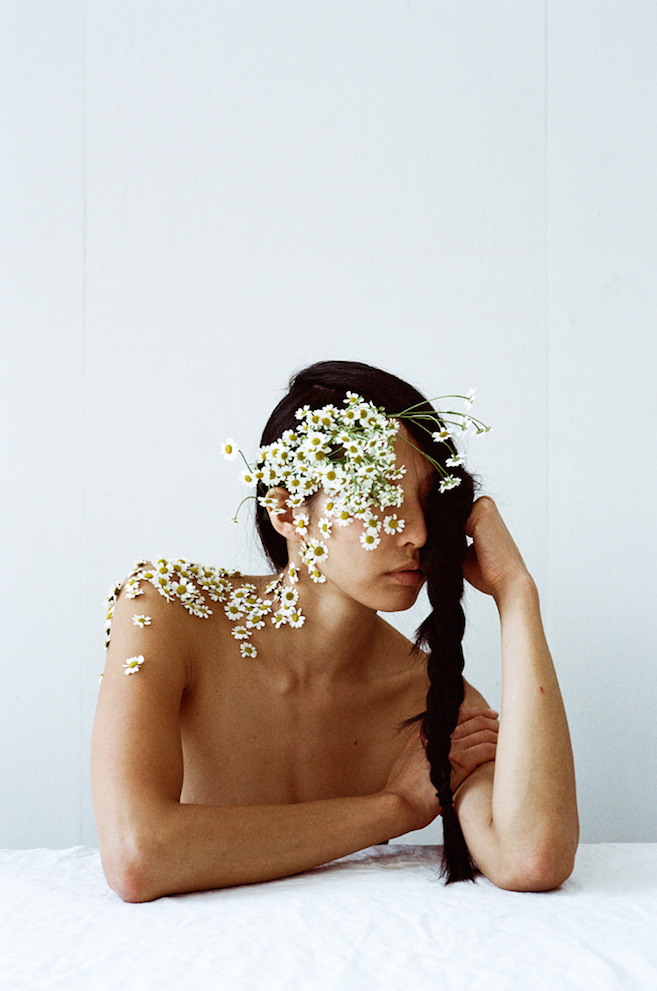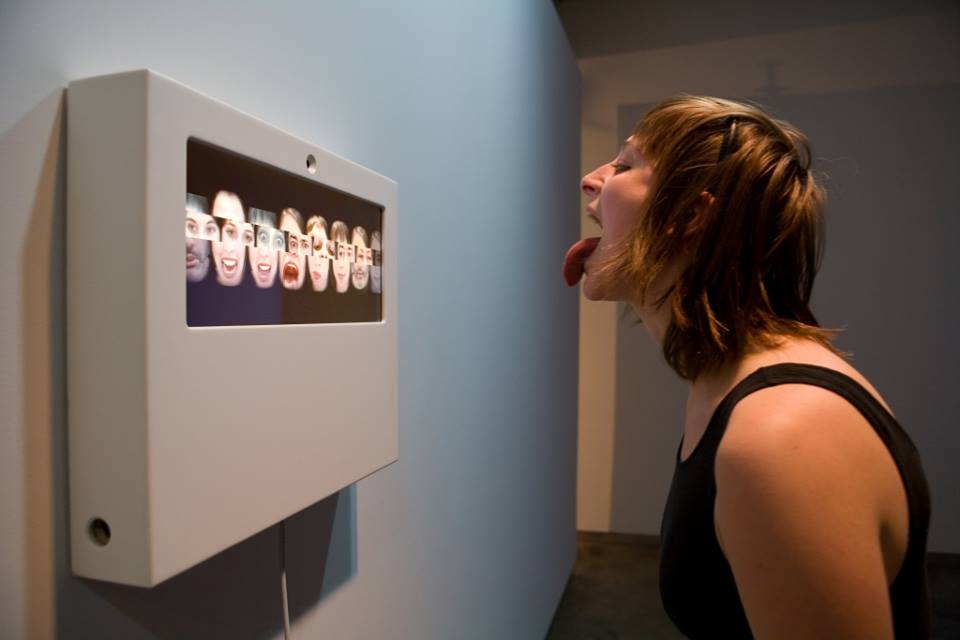The Studio of Vanities
Oumy Ndour – Journalist, TV Anchor, Movie Director
The result is a collection of individual portraits, striking and captivating in their charm. Diop carefully chooses backgrounds and patterns to strengthen the subject’s personality and cultural references. Therefore, the colour of kenté fabric flawlessly matches the outfit of casually posing fashion designer, Selly Raby Kane. The clothes of artist Mame-Diarra Niang and model Aminata Faye fuse with an African background pattern. Using this particular approach, Diop becomes part of a tradition of African studio photography epitomized by the likes of Malick Sidibé and Seydou Keïta. He honours their pioneering work in his own creations, making use of contemporary techniques. Instead of merely creating striking images of an attractive young generation, Diop defines the images during the portraiture process, ensuring that decisions regarding pose, background and props are taken together with the subject. This makes it possible for Diop to come closer to the essence of the portrayed individual, and therefore do justice to the multiplicity and energy of Dakar’s contemporary cultural scene.

